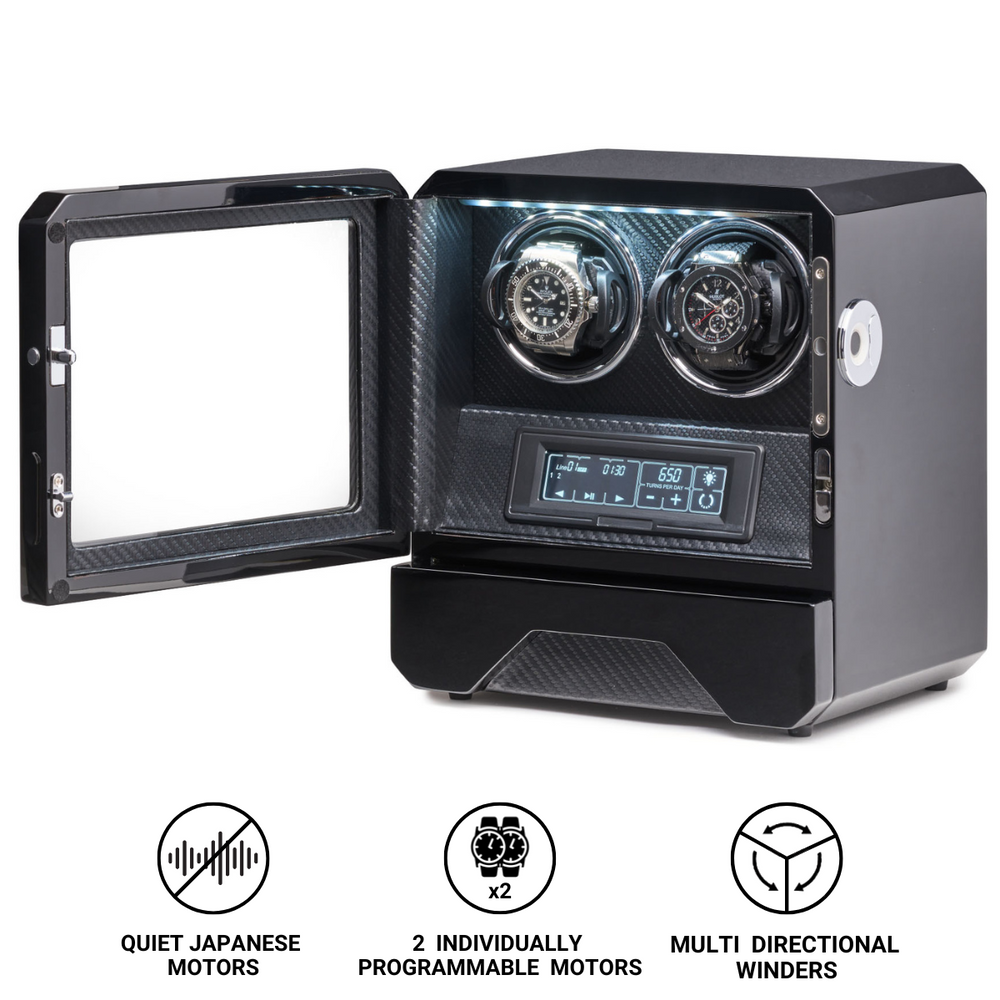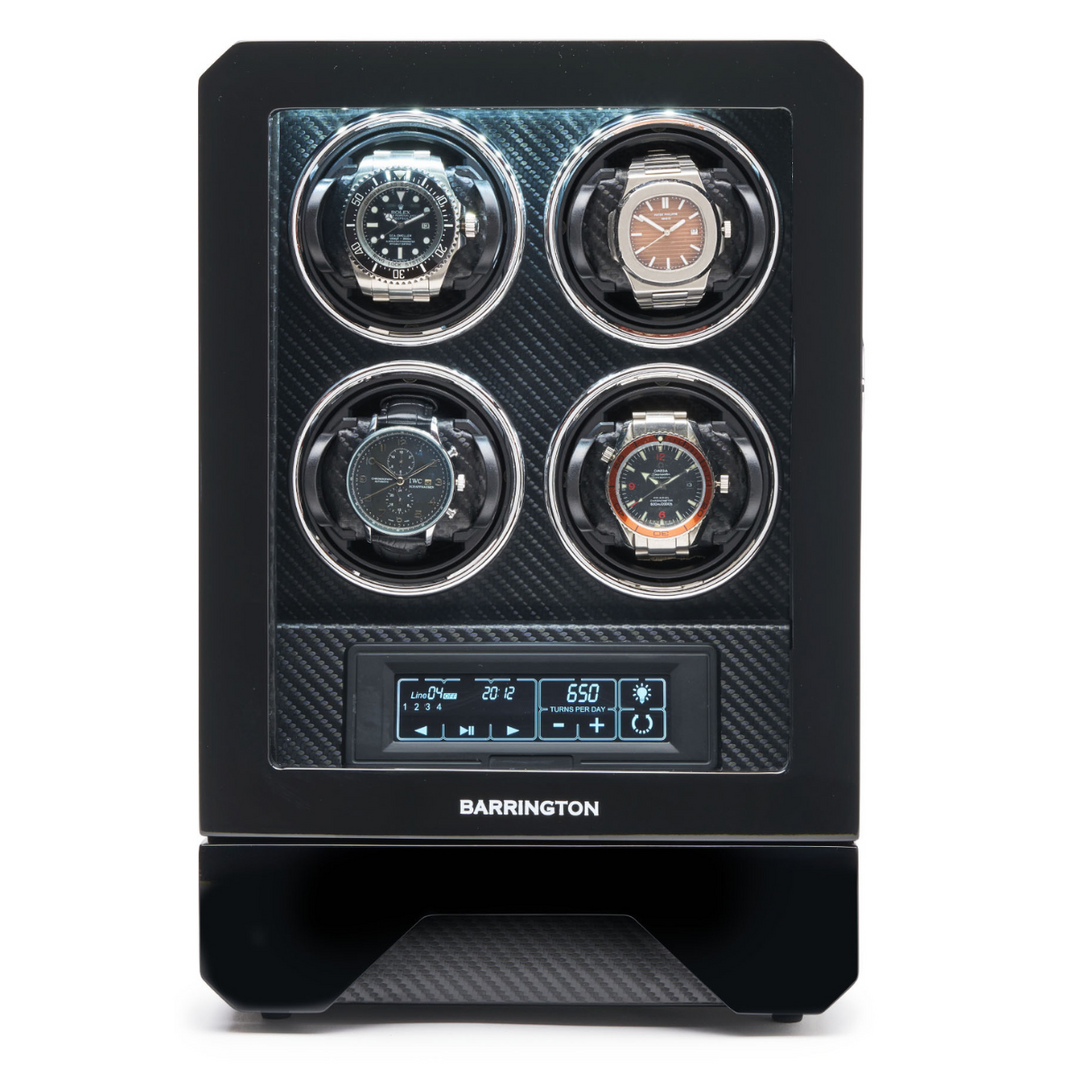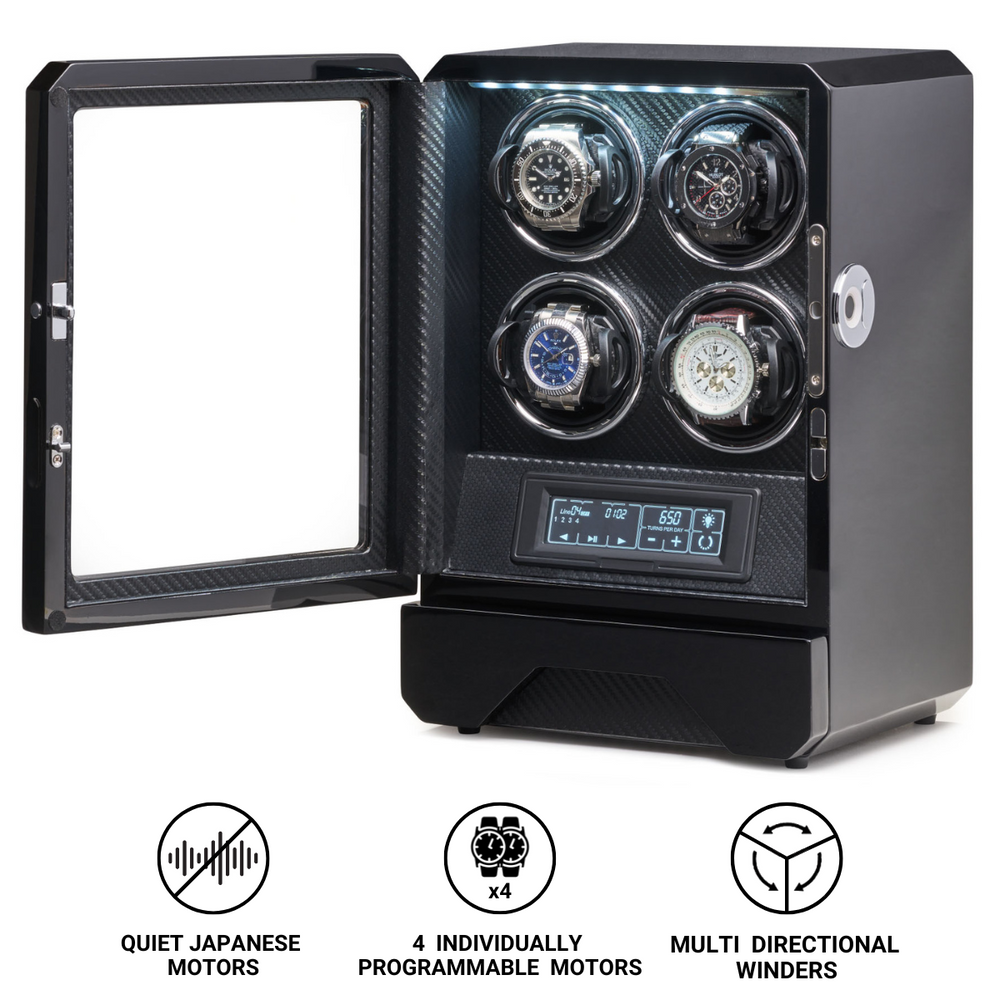What is Everose Gold?
In the world of fine watchmaking, materials are more than mere components; they are statements of philosophy, craftsmanship, and innovation. Among the many alloys that have defined the aesthetic identity of luxury timepieces, few are as distinctive or as technically refined as Rolex’s Everose Gold. Introduced in 2005, this proprietary rose gold alloy represents Rolex’s pursuit of perfection, blending timeless beauty with cutting-edge metallurgical science.
Everose Gold is more than just a colour variation. It is a symbol of permanence in a world where even the finest materials can fade or tarnish with time. Developed and produced entirely in-house by Rolex, this alloy was designed to preserve its rich, warm hue indefinitely, ensuring that every watch maintains the same lustre and brilliance decades after it leaves the Geneva manufacture.
The Origins of Rose Gold
To understand the significance of Everose Gold, one must first explore the origins of rose gold itself. The alloy traces its roots to the early 19th century, when jewellers in Russia began experimenting with mixtures of gold and copper to create warmer tones. The result was a reddish metal often referred to as “Russian gold,” prized for its romantic glow and unique character.
Traditional rose gold is created by blending pure gold with varying proportions of copper and silver. The higher the copper content, the deeper the red tone. However, while beautiful, conventional rose gold is not without flaws. Over time, exposure to moisture, heat, and skin oils can cause the copper to oxidise, leading to fading or discolouration.
Luxury brands sought to overcome this limitation by developing alloys that retained colour and brilliance. In this context, Rolex’s Everose Gold stands out as a triumph of modern metallurgy, designed to preserve the essence of rose gold while eliminating its weaknesses.
The Birth of Everose Gold
Rolex unveiled Everose Gold in 2005 as part of its Oyster Perpetual collection, marking a new chapter in its history of material innovation. It was not the first time the brand had worked with precious metals, but it was the first instance in which Rolex developed and patented an entirely new alloy.
Unlike many watchmakers who rely on external suppliers for gold alloys, Rolex operates its own foundry, giving it complete control over the composition and quality of its metals. This vertical integration allows the brand to tailor its materials to meet exacting standards of durability, aesthetics, and performance.
Everose Gold was designed to address the two main shortcomings of traditional rose gold: colour fading and surface dulling. Through years of research and development, Rolex metallurgists created an alloy that maintains its hue and brilliance under even the most demanding conditions.
The Composition of Everose Gold
The exact formula of Everose Gold remains a closely guarded Rolex secret, but it is known to consist of 18-carat gold alloyed with copper and a small amount of platinum. Each element plays a specific and essential role in achieving the alloy’s unique characteristics.
-
Gold (approximately 75%)
As with all 18-carat gold alloys, three-quarters of the composition is pure gold, ensuring intrinsic value, lustre, and malleability. -
Copper
Copper imparts the warm, reddish tone characteristic of rose gold. However, copper is also reactive, prone to tarnishing and fading when exposed to air, saltwater, and skin oils. -
Platinum
The addition of platinum is what sets Everose Gold apart. Platinum stabilises the copper within the alloy, preventing oxidation and ensuring that the colour remains stable and vibrant over time. This innovation allows Rolex watches to maintain their distinct hue for decades without fading.
This precise balance between elements ensures that Everose Gold remains resistant to corrosion, discolouration, and environmental wear, a combination of beauty and endurance that exemplifies Rolex’s engineering philosophy.
Technical Advantages and Durability
The durability of Everose Gold extends beyond its resistance to fading. Rolex’s metallurgists engineered the alloy to withstand the rigours of daily wear, from exposure to saltwater to contact with perspiration and ultraviolet light.
Traditional rose gold watches, particularly those worn frequently, tend to lose their brightness as the copper content interacts with the environment. Everose Gold, by contrast, remains as radiant as the day it was forged. The platinum content acts as a binding agent, locking the copper in place and forming a protective barrier that resists oxidation.
Additionally, Everose Gold is highly resistant to scratches and wear, particularly when combined with Rolex’s meticulous finishing techniques. Every case, bracelet, and bezel undergoes multiple stages of polishing to produce the distinctive soft glow for which the alloy is known.
The Aesthetic Qualities of Everose Gold
Beyond its technical superiority, the beauty of Everose Gold lies in its visual balance. Traditional rose gold can vary from soft pink to deep red, depending on the copper ratio. Everose Gold achieves a harmonious middle ground—a warm, refined tone that complements a wide range of skin tones and materials.
The colour of Everose Gold is neither overly pink nor excessively red. It exudes an understated elegance, appearing almost neutral in some lighting conditions and glowing warmly in others. This versatility makes it suitable for both men’s and women’s watches, as well as for combinations with other materials such as ceramic, steel, or mother-of-pearl.
Rolex’s use of Everose Gold extends across many of its most prestigious models, including the Day-Date, Cosmograph Daytona, Yacht-Master, and Sky-Dweller. In each case, the alloy adds a distinct sense of sophistication, transforming a utilitarian instrument into a piece of wearable art.
The Role of Everose Gold in Rolex Design
Everose Gold is not merely a material choice; it has become an integral part of Rolex’s design language. Its introduction coincided with the brand’s modernisation of several collections, allowing for new aesthetic possibilities that preserved Rolex’s timeless appeal while introducing contemporary warmth.
One of the most iconic applications of Everose Gold is found in the Rolex Daytona, where the metal’s lustrous hue complements the sporty yet luxurious character of the chronograph. Paired with a black Cerachrom bezel or an Oysterflex bracelet, the combination achieves a striking contrast between technical sophistication and elegance.
Similarly, in the Yacht-Master, Everose Gold embodies the spirit of refined adventure. It withstands exposure to marine environments while maintaining the understated glamour that defines Rolex’s professional watches.
Even in the classic Day-Date, a symbol of prestige since 1956, Everose Gold lends a modern touch, softening the formal appearance of yellow gold with a warmer, more contemporary sheen.
Comparison with Other Precious Metals
Everose Gold occupies a unique position among Rolex’s family of precious materials, each with its own character and symbolism.
-
Yellow Gold represents tradition and opulence, exuding a bright, regal presence associated with classic luxury.
-
White Gold offers a cooler, more modern tone, favoured for its subtlety and versatility.
-
Platinum stands at the pinnacle of prestige, heavier and rarer than gold, valued for its silvery luminosity and understated power.
-
Everose Gold, however, balances these qualities, combining warmth, modernity, and resilience. Its unique hue sits between yellow and red gold, embodying both innovation and timelessness.
Unlike other brands’ rose gold alloys, which may shift in colour over time, Everose Gold maintains consistency. This stability has made it one of the most recognisable and desirable materials in the luxury watch industry.
The Manufacture and Craftsmanship Behind Everose Gold
Every aspect of Everose Gold’s production takes place within Rolex’s facilities, a rarity in the watch industry. The process begins in the brand’s own foundry, where raw gold, copper, platinum, and other trace elements are melted at temperatures exceeding 1,000 degrees Celsius. The molten alloy is then poured into casts, cooled, and rolled into bars or sheets for machining.
This complete control over metallurgy ensures that every batch meets Rolex’s exacting standards for purity, colour, and density. Once formed, the components are shaped, polished, and finished by master craftsmen who refine each surface to achieve the distinctive Everose glow.
The process exemplifies Rolex’s holistic approach to watchmaking, where every stage, from alloy development to assembly, reflects the brand’s commitment to perfection.
Everose Gold in Modern Watchmaking
Since its debut, Everose Gold has influenced not only Rolex’s identity but also the wider watchmaking landscape. Its introduction demonstrated that innovation in luxury materials need not be limited to technology—it could also involve chemistry, artistry, and permanence.
The alloy has inspired other manufacturers to pursue proprietary blends of their own, but few have achieved Rolex’s level of refinement and consistency. Today, Everose Gold is considered a benchmark for modern rose gold alloys, symbolising both innovation and authenticity.
Its use also extends beyond the watch case and bracelet. Rolex employs Everose Gold for dial accents, hands, and applied indices, ensuring that every detail of a timepiece reflects the same warmth and harmony.
The Enduring Appeal of Everose Gold
What makes Everose Gold truly special is its balance between tradition and innovation. It pays homage to the classical elegance of rose gold while solving the problems that plagued it for centuries. The result is a material that embodies Rolex’s core values: precision, permanence, and perfection.
It appeals equally to those who appreciate technical achievement and those who value emotional resonance. The soft radiance of Everose Gold evokes warmth, refinement, and understated confidence, qualities that transcend trends and generations.
Whether adorning the wrist of a professional athlete, a world leader, or a collector, Everose Gold remains a symbol of distinction—an alloy that captures both the art and science of modern luxury.
Conclusion
Everose Gold is far more than a material; it is a declaration of Rolex’s mastery of innovation and elegance. By creating a proprietary rose gold alloy resistant to fading and tarnish, Rolex achieved what few brands have accomplished: the reinvention of a classic through science.
It represents the perfect harmony between beauty and endurance, art and engineering. Every Everose Gold watch embodies decades of expertise, meticulous craftsmanship, and an unyielding dedication to excellence.
In the warm, enduring glow of Everose Gold, one sees the essence of Rolex itself—a fusion of heritage, innovation, and timeless allure that continues to define the standard of luxury watchmaking.









